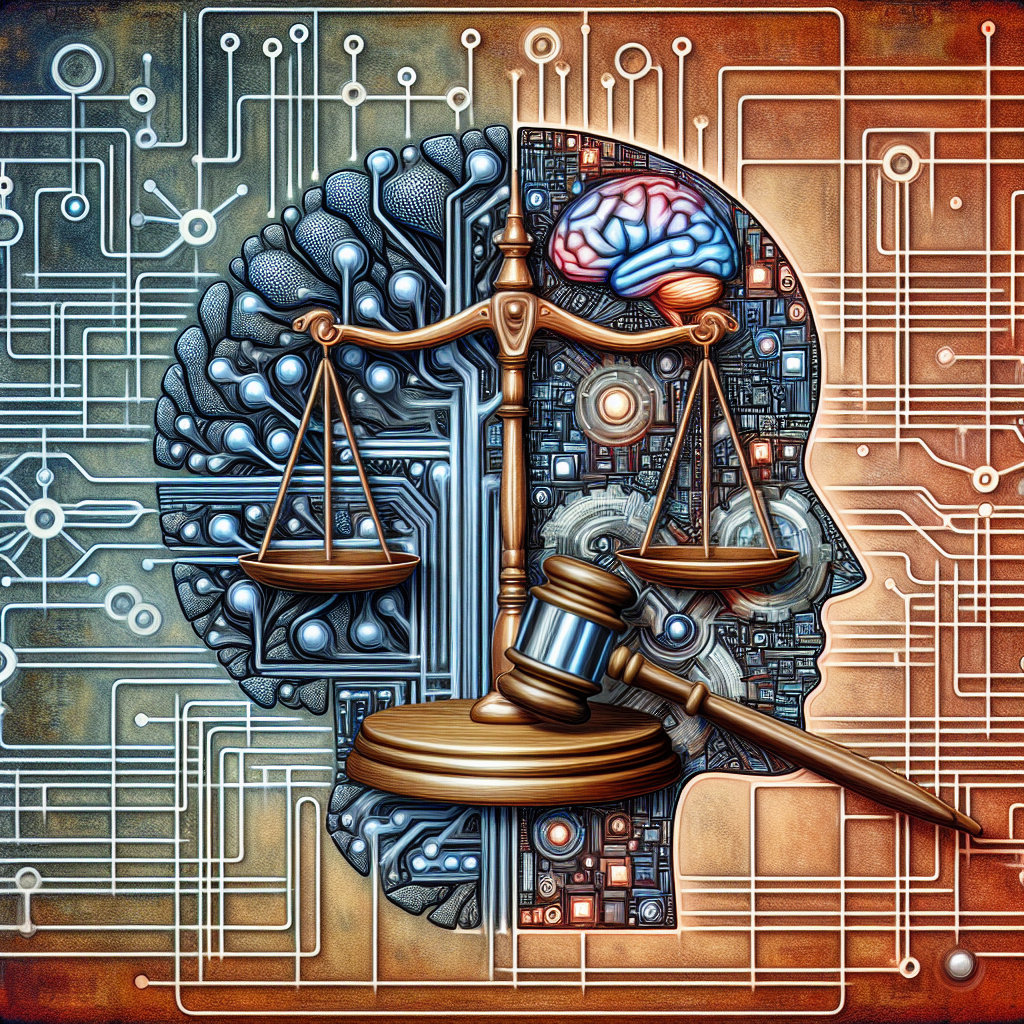The Potential of AI in Legal Risk Assessment and Mitigation
Introduction
As technology continues to advance at a rapid pace, the legal industry is also evolving to incorporate artificial intelligence (AI) in various aspects of legal practice. One area where AI shows great potential is in legal risk assessment and mitigation. By utilizing AI tools and algorithms, legal professionals can more effectively identify potential risks, assess their likelihood and potential impact, and take proactive measures to mitigate those risks.
Legal Risk Assessment with AI
Legal risk assessment involves identifying and evaluating potential risks that could impact a company or organization’s legal compliance, financial stability, reputation, and overall success. Traditionally, legal risk assessment has relied on manual processes, such as reviewing contracts, policies, and regulations, and conducting interviews and investigations. However, these methods can be time-consuming, error-prone, and limited in their ability to analyze large volumes of data and complex relationships.
AI technologies, such as machine learning and natural language processing, can streamline and enhance the legal risk assessment process by automating data collection, analysis, and decision-making. For example, AI tools can review and analyze contracts, documents, and other legal materials to identify potential risks, such as contract breaches, compliance violations, and litigation exposure. By leveraging AI algorithms, legal professionals can quickly identify patterns, trends, and anomalies in the data that may indicate potential risks and opportunities for mitigation.
Furthermore, AI can help legal teams assess the likelihood and potential impact of identified risks by analyzing historical data, market trends, and regulatory changes. By leveraging predictive analytics, legal professionals can more accurately forecast the likelihood of specific risks occurring and estimate their potential financial and reputational impact on the organization. This information can empower legal teams to prioritize risks, allocate resources effectively, and develop proactive strategies to mitigate those risks before they escalate into costly legal disputes or regulatory enforcement actions.
Mitigating Legal Risks with AI
Once potential risks have been identified and assessed, legal professionals can use AI technologies to develop and implement risk mitigation strategies. For example, AI-powered contract management systems can automatically flag high-risk clauses, such as indemnification provisions, confidentiality obligations, and termination rights, for further review and negotiation. By leveraging AI tools, legal teams can streamline the contract review process, reduce human error, and ensure that contracts comply with legal requirements and best practices.
Furthermore, AI-powered compliance monitoring systems can help organizations proactively identify and address compliance risks, such as data privacy violations, anti-corruption laws, and environmental regulations. By continuously monitoring and analyzing data from internal and external sources, AI tools can detect compliance violations in real-time and alert legal teams to take corrective actions before they escalate into legal liabilities or reputational damage.
Additionally, AI technologies can assist legal professionals in predicting and preventing potential legal disputes before they arise. By analyzing historical litigation data, court rulings, and legal precedents, AI algorithms can identify patterns and trends that may indicate potential disputes and their likely outcomes. This information can enable legal teams to develop strategies to resolve disputes through negotiation, mediation, or arbitration, thereby avoiding costly and time-consuming litigation.
FAQs
Q: How can AI improve legal risk assessment and mitigation?
A: AI technologies, such as machine learning and natural language processing, can automate data collection, analysis, and decision-making processes, enabling legal professionals to identify and assess potential risks more quickly and accurately. By leveraging AI tools, legal teams can analyze large volumes of data, detect patterns and trends, and predict the likelihood and impact of specific risks, empowering them to develop proactive strategies to mitigate those risks before they escalate into costly legal disputes.
Q: What are some examples of AI applications in legal risk assessment and mitigation?
A: AI technologies can be used in various aspects of legal risk assessment and mitigation, such as contract management, compliance monitoring, and dispute resolution. For example, AI-powered contract management systems can automatically flag high-risk clauses for further review and negotiation, while compliance monitoring systems can detect compliance violations in real-time and alert legal teams to take corrective actions. Additionally, AI algorithms can analyze historical litigation data to predict and prevent potential legal disputes before they arise.
Q: How can organizations implement AI in legal risk assessment and mitigation?
A: Organizations can implement AI technologies in legal risk assessment and mitigation by partnering with AI vendors, developing in-house AI capabilities, or leveraging AI-powered legal software solutions. Legal teams can work with AI vendors to customize AI tools to their specific needs, train employees on how to use AI technologies effectively, and integrate AI systems with existing legal workflows and processes. By investing in AI for legal risk assessment and mitigation, organizations can enhance their risk management capabilities, improve decision-making, and reduce legal exposure.
Conclusion
In conclusion, AI technologies have the potential to revolutionize legal risk assessment and mitigation by automating data analysis, predicting risk outcomes, and developing proactive strategies to mitigate risks. By leveraging AI tools, legal professionals can identify potential risks more quickly and accurately, assess their likelihood and impact, and develop effective risk mitigation strategies. As organizations continue to adopt AI in legal practice, they can enhance their risk management capabilities, improve compliance, and reduce legal exposure, ultimately leading to better outcomes for their businesses and stakeholders.

